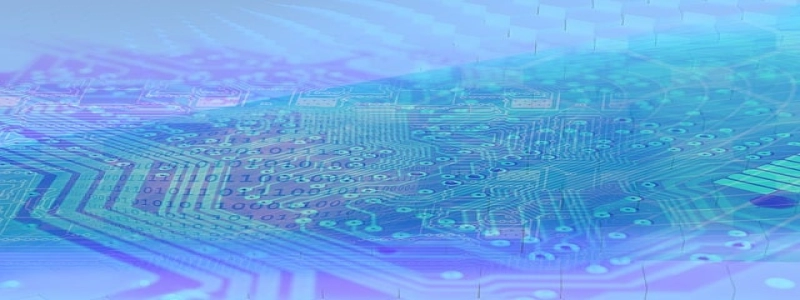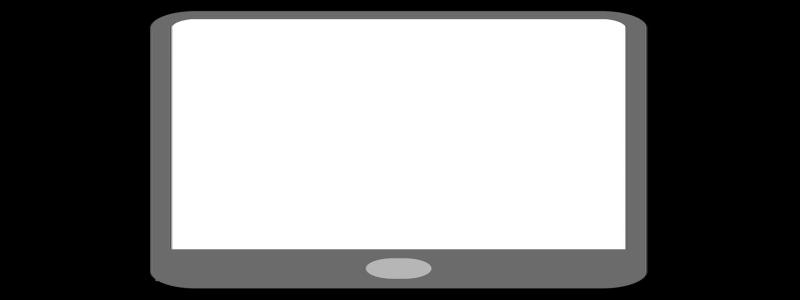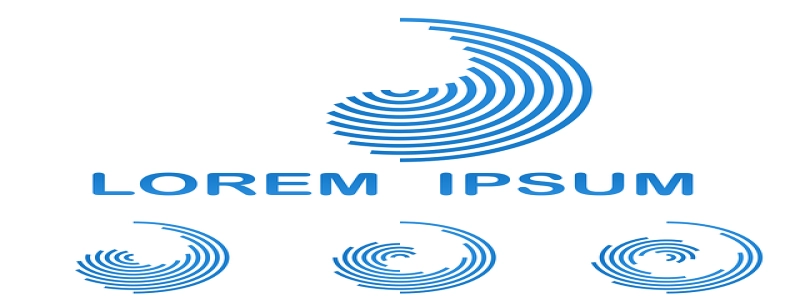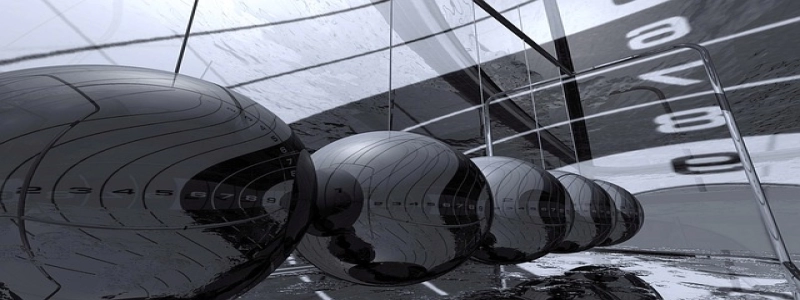UVC Wavelength Range
Introduction
The ultraviolet (UV) spectrum is divided into three categories: UVA, UVB, and UVC. UVC, also known as germicidal UV, is the shortest wavelength UV radiation and is highly effective at killing germs and pathogens. In this article, we will explore the UVC wavelength range and its applications.
What is UVC?
UVC refers to ultraviolet C radiation, which has a wavelength range between 100 to 280 nanometers (nm). Compared to UVA and UVB, UVC has the shortest wavelength and the highest energy. This makes UVC highly effective in destroying the genetic material of microorganisms, rendering them unable to reproduce and causing their death.
Applications of UVC
1. Germicidal Purification
Due to its strong germicidal properties, UVC radiation is widely used in various applications related to air and water purification. UVC lamps are commonly used in hospitals, laboratories, and water treatment facilities to kill bacteria, viruses, and other harmful microorganisms. These lamps are designed to emit UVC radiation at the optimal wavelength range to ensure maximum disinfection.
2. Sterilization in Healthcare Settings
In healthcare settings, UVC radiation is extensively utilized to disinfect medical equipment, devices, and surfaces. UVC lamps or UVC-emitting devices are employed to kill harmful pathogens that may be present in hospital rooms, operating theaters, or other healthcare facilities. This helps reduce the risk of healthcare-associated infections (HAIs) and ensures a safer environment for patients and medical staff.
3. Food Safety
UVC technology is also valuable in the food industry for ensuring food safety. It is used to disinfect food products, processing equipment, and packaging materials to eliminate bacteria, viruses, and molds that can cause foodborne illnesses. UVC radiation provides a chemical-free and effective method of decontamination, extending the shelf life of perishable foods and reducing the need for chemical preservatives.
4. HVAC Systems
Heating, ventilation, and air conditioning (HVAC) systems can harbor various microorganisms and contribute to indoor air pollution. UVC lamps installed within HVAC systems help prevent the growth and spread of mold, bacteria, and viruses, thereby improving indoor air quality. The UVC radiation destroys the DNA or RNA of these microorganisms, rendering them harmless and removing the risk of airborne transmission.
Conclusion
The UVC wavelength range, between 100 to 280 nm, is highly effective at destroying bacteria, viruses, and other pathogens. Its applications range from germicidal purification and sterilization in healthcare settings to food safety and improving indoor air quality. UVC technology offers an efficient and chemical-free method of disinfection, ensuring safer environments for various industries and reducing the risk of infections.








